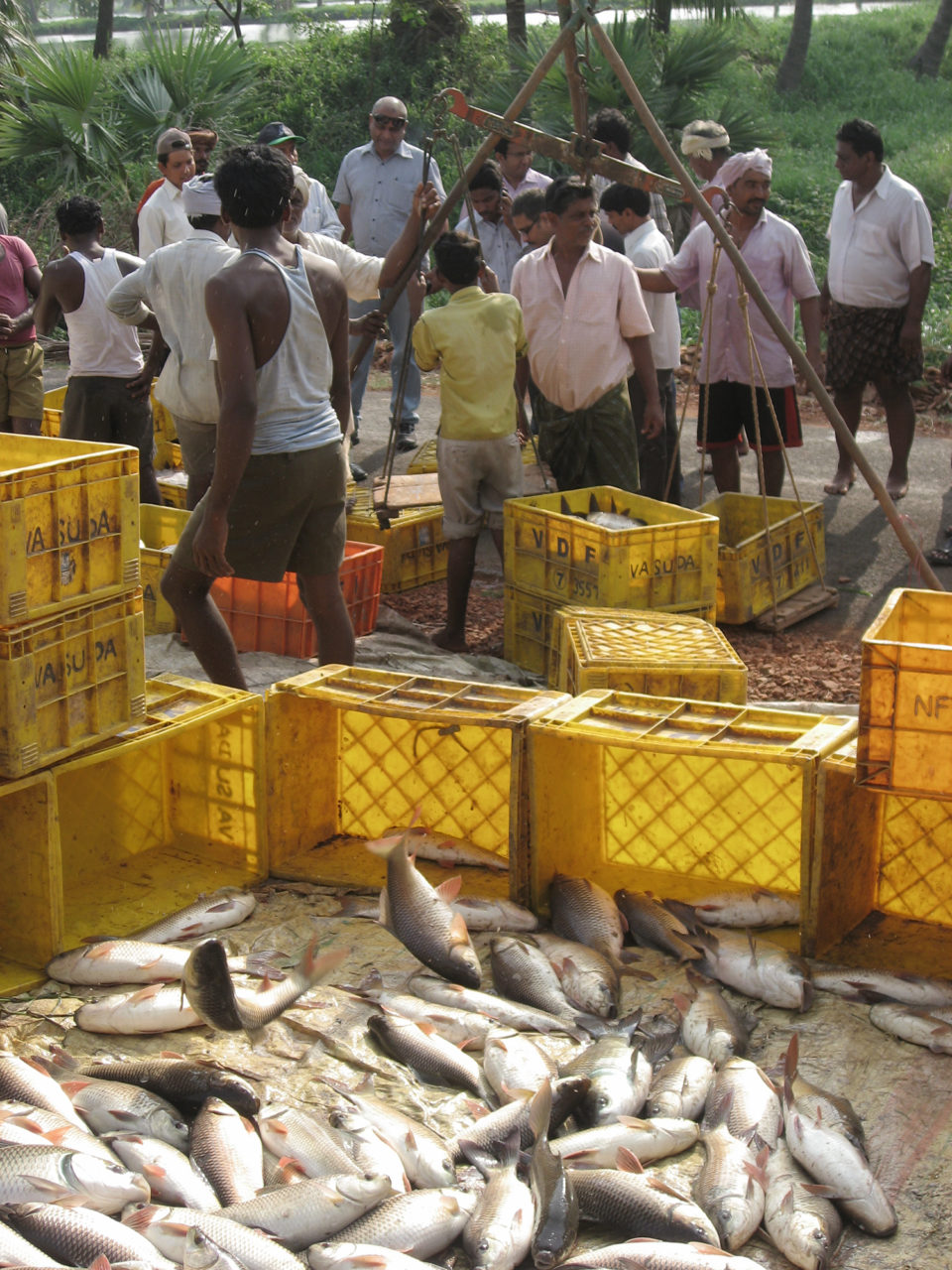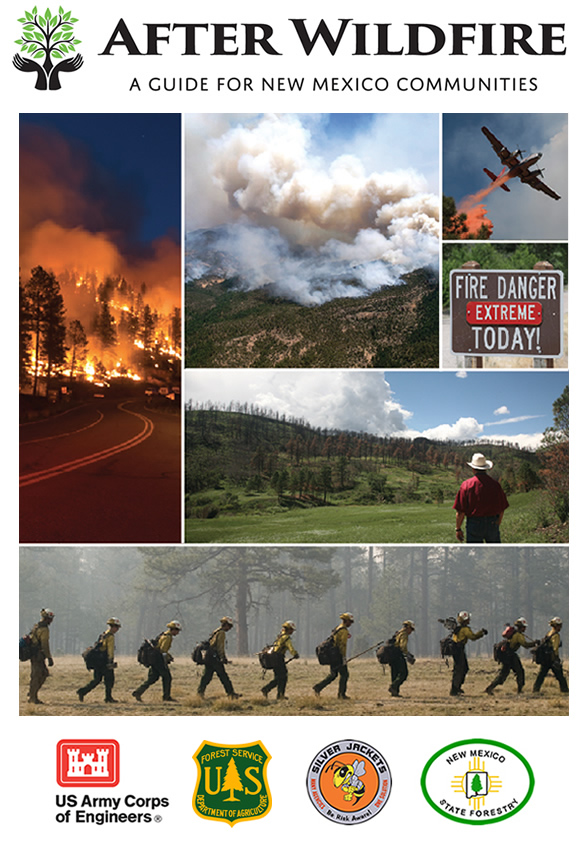
The Issue Ahead of International Day for Biological Diversity
The issue is in the spotlight ahead of the International Day for Biological Diversity, observed annually on 22 May, and covered in the most recent edition of UNU’s Interconnected Disaster Risks report.
Gopher Tortoise: A Species at Risk
Among the animals at risk is the gopher tortoise, one of the oldest living species on the planet. This tragic story of biodiversity loss is unfolding at the heart of the coastal plains of the southern United States.
Ecosystem ‘Architect’
Their reduced number is not just problematic for the survival of the tortoise as a species, however, as these charismatic creatures also play a vital role in preserving the delicate balance of their coastal realm.
Gopher tortoises are not merely occupants of their habitat; they are architects, sculpting ecosystems and providing sanctuaries for over 350 other species. With their front legs functioning like shovels, they dig burrows that range in size from 20 to 30 feet (6 to 9 metres) long and from 6 to 8 feet (1.8 to 2.5 metres) deep.
- These burrows provide a safe haven for breeding and nurturing offspring for some species.
- For others, they offer respite from predators and the elements.
Should the gopher tortoise vanish, it is likely a domino effect would be felt throughout the ecosystem.
The Role of Humans
In shedding more light on co-extinctions, UNU said that intense human activities, such as land-use change, overexploitation, climate change, pollution and the introduction of invasive species, is causing an extinction acceleration that is at least tens to hundreds of times faster than the natural process of extinctions.
In the last 100 years, over 400 vertebrate species were lost, for example. The report therefore includes accelerated extinctions among its six interconnected ‘risk tipping points’.
Extinction Breeds Extinction
Ecosystems are built on intricate networks of connections between different species, as the gopher tortoise-dusky gopher frog example indicates.
The domino effect could lead to more species going extinct and eventually even to the collapse of entire ecosystems.
With nearly one million plant and animal species currently under threat, the ripple effect of the extinction of a single species can affect countless others, disrupting vital ecological functions.
The endangered sea otter provides another example of intricate dependencies within ecosystems. Calling the Pacific kelp forests their home, they were once plentiful, but are now locally endangered due to being relentlessly hunted for their fur in the past.
In a finely tuned ecological dance, sea otters prey on sea urchins, halting the unrestrained growth of sea urchin populations. Without the presence of otters, these spiky grazers run rampant, transforming lush kelp forests into desolate ‘urchin barrens’.
But the demise of sea otters would have impacts that extend far beyond the disappearance of kelp alone, UNU said. Over 1,000 species – including sharks, turtles, seals, whales, birds, and a multitude of fish – rely on these underwater havens for their very existence.
Creating the Future We Want
Addressing the biodiversity crisis demands a multifaceted approach that recognizes the interconnectedness of risks and solutions.
The theme of the International Day for Biological Diversity calls for everyone to support implementation of the Biodiversity Plan, adopted in 2022, which sets goals and concrete measures to stop and reverse the loss of nature by 2050.
One of the goals includes reducing the extinction rate of all species tenfold by mid-century and increasing the abundance of native wild species to healthy and resilient levels, said Zita Sebesvari, Deputy Director of UNU’s Institute for Environment and Human Security and lead author of the Interconnected Disaster Risks report.
“While adaptation strategies, such as restoring and protecting green corridors between animal habitats offer some respite, tackling underlying drivers of extinction remains crucial, because this goal cannot be reached as long as we risk accelerating extinctions,” she explained.
In the long term, avoiding extinctions and co-extinctions will be the only realistic solution to halt biodiversity loss, which requires a shift of mindsets.
“Conservation efforts must extend beyond individual species to encompass entire ecosystems”, Ms. Sebesvari said.
“Urgent and decisive action is needed to preserve the resilience of ecosystems and ensure the survival of our planet’s diverse web of life. Embracing nature as an integral part of our culture is essential to secure a sustainable future, recognizing that our fate is inevitably intertwined with the fate of the natural world.”
SDGs, Targets, and Indicators
| SDGs | Targets | Indicators |
|---|---|---|
| SDG 15: Life on Land | Target 15.5: Take urgent and significant action to reduce the degradation of natural habitats, halt the loss of biodiversity, and protect and prevent the extinction of threatened species | Indicator 15.5.1: Red List Index |
| SDG 13: Climate Action | Target 13.2: Integrate climate change measures into national policies, strategies, and planning | Indicator 13.2.1: Number of countries that have integrated mitigation, adaptation, impact reduction, and early warning measures into national policies, strategies, and planning |
| SDG 14: Life Below Water | Target 14.2: By 2020, sustainably manage and protect marine and coastal ecosystems to avoid significant adverse impacts, including by strengthening their resilience, and take action for their restoration in order to achieve healthy and productive oceans | Indicator 14.2.1: Proportion of national exclusive economic zones managed using ecosystem-based approaches |
1. Which SDGs are addressed or connected to the issues highlighted in the article?
SDG 15: Life on Land
The article discusses the loss of biodiversity and the potential extinction of species, highlighting the importance of preserving ecosystems and protecting threatened species.
SDG 13: Climate Action
The article mentions climate change as one of the factors contributing to the acceleration of extinctions. It emphasizes the need to integrate climate change measures into national policies and planning.
SDG 14: Life Below Water
The article mentions the impact of the extinction of sea otters on marine ecosystems, highlighting the interconnectedness of species and the importance of managing and protecting marine ecosystems.
2. What specific targets under those SDGs can be identified based on the article’s content?
Target 15.5: Take urgent and significant action to reduce the degradation of natural habitats, halt the loss of biodiversity, and protect and prevent the extinction of threatened species
The article emphasizes the need to address the biodiversity crisis and reduce the extinction rate of all species. It calls for action to protect and prevent the extinction of threatened species.
Target 13.2: Integrate climate change measures into national policies, strategies, and planning
The article highlights the importance of integrating climate change measures into national policies and planning to mitigate the impacts on biodiversity and prevent further extinctions.
Target 14.2: By 2020, sustainably manage and protect marine and coastal ecosystems to avoid significant adverse impacts, including by strengthening their resilience, and take action for their restoration in order to achieve healthy and productive oceans
The article mentions the impact of the extinction of sea otters on marine ecosystems, emphasizing the need to sustainably manage and protect marine ecosystems to maintain healthy and productive oceans.
3. Are there any indicators mentioned or implied in the article that can be used to measure progress towards the identified targets?
Indicator 15.5.1: Red List Index
The article discusses the loss of biodiversity and the potential extinction of species. The Red List Index is a widely recognized indicator that measures changes in the overall extinction risk of species over time.
Indicator 13.2.1: Number of countries that have integrated mitigation, adaptation, impact reduction, and early warning measures into national policies, strategies, and planning
The article emphasizes the need to integrate climate change measures into national policies and planning. This indicator measures the progress of countries in integrating mitigation, adaptation, impact reduction, and early warning measures into their policies and planning.
Indicator 14.2.1: Proportion of national exclusive economic zones managed using ecosystem-based approaches
The article mentions the importance of managing and protecting marine ecosystems. This indicator measures the proportion of national exclusive economic zones that are managed using ecosystem-based approaches, which contribute to the sustainable management and protection of marine ecosystems.
4. Table: SDGs, Targets, and Indicators
| SDGs | Targets | Indicators |
|---|---|---|
| SDG 15: Life on Land | Target 15.5: Take urgent and significant action to reduce the degradation of natural habitats, halt the loss of biodiversity, and protect and prevent the extinction of threatened species | Indicator 15.5.1: Red List Index |
| SDG 13: Climate Action | Target 13.2: Integrate climate change measures into national policies, strategies, and planning | Indicator 13.2.1: Number of countries that have integrated mitigation, adaptation, impact reduction, and early warning measures into national policies, strategies, and planning |
| SDG 14: Life Below Water | Target 14.2: By 2020, sustainably manage and protect marine and coastal ecosystems to avoid significant adverse impacts, including by strengthening their resilience, and take action for their restoration in order to achieve healthy and productive oceans | Indicator 14.2.1: Proportion of national exclusive economic zones managed using ecosystem-based approaches |
Copyright: Dive into this article, curated with care by SDG Investors Inc. Our advanced AI technology searches through vast amounts of data to spotlight how we are all moving forward with the Sustainable Development Goals. While we own the rights to this content, we invite you to share it to help spread knowledge and spark action on the SDGs.
Fuente: news.un.org

Join us, as fellow seekers of change, on a transformative journey at https://sdgtalks.ai/welcome, where you can become a member and actively contribute to shaping a brighter future.






